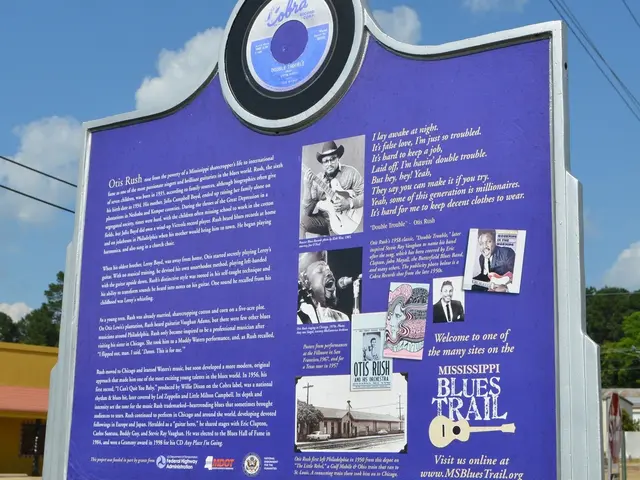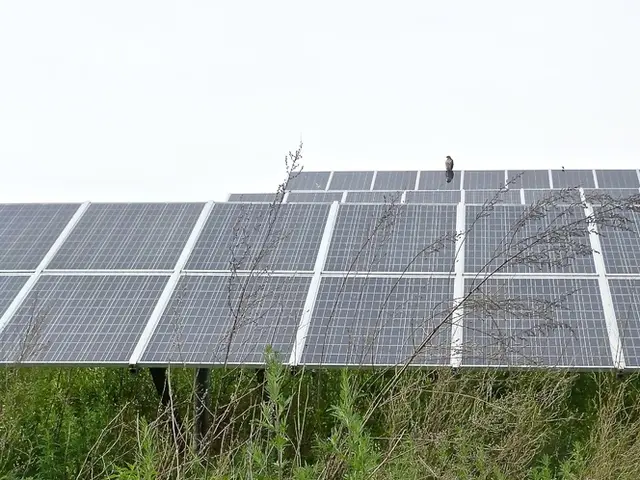Penn Students Launch CoolSeal Project to Combat Urban Heating in Philadelphia
A team of Penn undergraduate students has launched an innovative project, CoolSeal, aiming to combat urban heating in Philadelphia. The project, funded by Penn's Environmental Innovation Initiative, involves testing a pavement coating called GuardTop at Hunting Park in North Philadelphia. The team, led by Nafisa Bangura and Angelica Dadda, found that the coating can lower surface temperatures by up to 9.2 degrees Fahrenheit.
The CoolSeal project began in fall 2024, with a team of undergraduates from SEAS and the Weitzman School of Design. They collaborated with the City of Philadelphia to test GuardTop, a product designed to reduce surface temperatures in heat-affected neighborhoods. The project aligns with Penn's strategic framework, In Principle and Practice, focusing on urban heating.
The Federal Institute for Research on Building, Urban Affairs and Spatial Development (BBSR) started a related research project in spring 2023. This project aims to test the effectiveness of CoolSeal and its impact on mean radiant temperature (MRT) in humid climates like Philadelphia's. The students plan to continue this research this semester, studying the efficacy of two CoolSeal coats and the coating's behavior in controlled environments.
The CoolSeal project has shown promising results, with the potential to inform urban planning and climate resilience efforts in Philadelphia and other cities affected by extreme heat. The project's findings may have policy-level implications, contributing to a cooler, more resilient urban environment.
Read also:
- Industrial robots in China are being installed at a faster rate than in both the United States and the European Union, as the global market for these robots faces a downturn.
- Galvanize Unveils $1.3 Billion Plan to Fund the Energy Sector's Evolution Pathway
- EAFO Research Uncovers Crucial Elements in Electric Vehicle Adoption within the EU
- Excess Solar Energy in the Grid: Challenges for Photovoltaic System Owners








